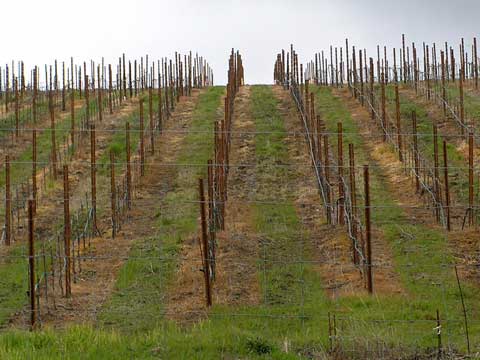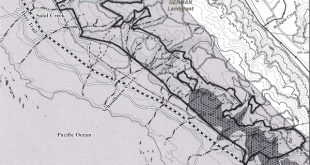by Mary Callahan, The Press Democrat, August 2, 2023
[excerpt:]
A new program targeting 1,500 commercial grape growers in Sonoma and Mendocino counties and designed to improve water quality in local creeks and rivers is drawing criticism from members of the agricultural community.
The draft rules include reporting requirements, annual fees, well and groundwater monitoring, ground cover requirements and restrictions on wintertime operations that growers deem excessive.
. . .

They say measures are needed to ensure current practices are sufficient to protect watersheds already impaired by human activity and to determine where more effort is needed.
. . .
The North Coast water board, one of nine regional boards in California, extends from Santa Rosa to the Oregon border. It is obligated under state and federal law to regulate, maintain and restore water quality in the region’s waterways.
That’s especially true for waterways listed as impaired under the federal Clean Waters Act.
Both the Navarro River watershed in Mendocino County and the Russian River watershed are listed as impaired for sediment and siltation, in part due to contributions from agriculture. So is the Gualala River [emphasis added], which is among the other watersheds where the rules will apply. Also included are the Big River and Garcia River watersheds, both in Mendocino County.
. . .
To read the entire article, visit The Press Democrat:
Sonoma, Mendocino County grape growers battling new rules
designed to reduce sediment, pesticides in local waterways
 Friends of Gualala River Protecting the Gualala River watershed and the species living within it
Friends of Gualala River Protecting the Gualala River watershed and the species living within it


